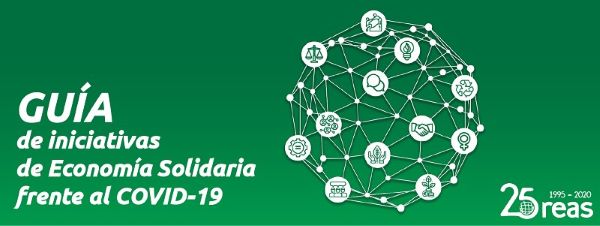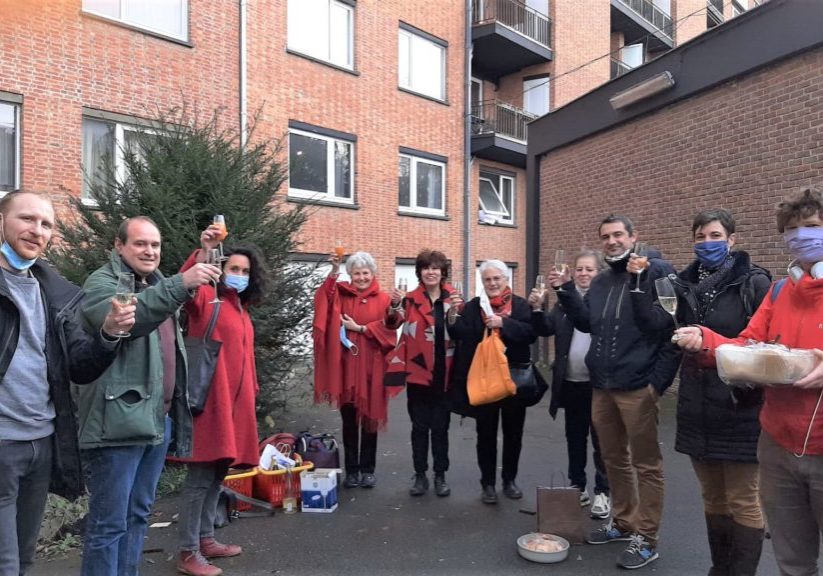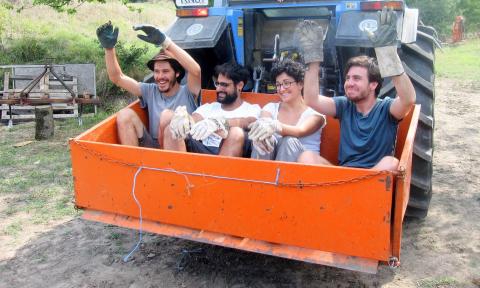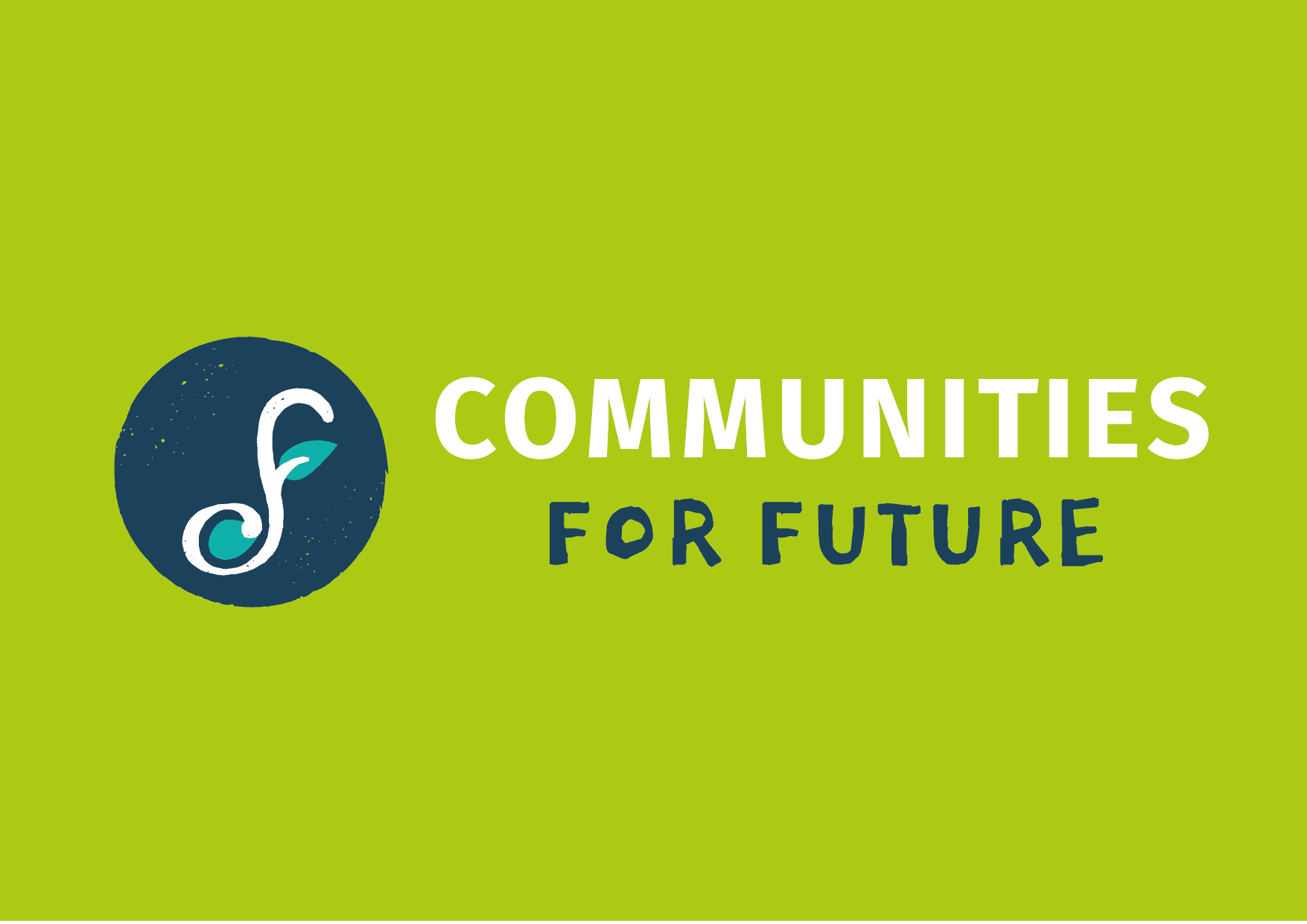Contribution proposal by Constance André-Aigret, Mouvement Sol
The impact of complementary local currencies on the territory and its resilience
As an actor of the social and solidarity economy, the Sol Movement1 (member of RIPESS) accompanied by European and national actors, proposes to organize a round table on the impact of complementary local currencies (CLC) on the territory and its resilience, with the RTES or representatives of European local currencies (Italy, Spain …) (or other). In France, in 2019, there were no less than 82 complementary local currencies (Blanc et al., 2020). Can be defined as monetary mechanisms at the service of a socio-economic transformation (Blanc 2018), these CLCs are framed by the French law on the SSE of 2014. The Covid-19 crisis has accentuated reflections on the use and usefulness of these monetary devices. As a result, CLCs can be instruments at the service of changes in territorial relationships. They are mobilized both by citizens, but also by certain public authorities (Lyon, city of Bordeaux…) to respond in part to the relocation of economic exchanges and therefore consumption and production.
During this round table, we will draw on the Report on the Social Utility of Complementary Local Currencies published by the Sol Movement (2021) to discuss the territorial impact of complementary local currencies. Indeed, according to this report, CLCs are a transversal lever for transition in the territories and ultimately make it possible to increase their resilience2 on 5 registers: citizen power, solidarity, ecology, economy and territorial dynamics.
For example, according to Oriane Lafuente-Sampietro (2021) the multiplier of local currencies is higher than that estimated in national currency: “This means that the payment of an initial income of €1,000 in local currency will generate €2,000 in income for the territory, where an initial income of €1,000 paid in euro will generate only €1,300 to €1,600 locally.” (Sol Movement, p. 28).
CLCs also contribute to ecological resilience by being an important vector of economic practices such as local and responsible consumption: according to the report, “48% of individual respondents say they have increased their consumption of local products and 36% to consume more organic products” (2021, p.21) or “84% of professional respondents say they have, since joining the local currency, adapted their working methods to reduce their environmental impact, for example by turning to a green energy supplier” (Mouvement Sol, 2021, p. 22).
Finally, if the CLCs are articulated to local public policies then they make it possible to guarantee that the expenses made towards the territory will remain on it: “The interest of the local currency is to guarantee to the local public authority that once spent, its money will remain on the territory. It will feed the inhabitants, the companies, the associative fabric and, of course, consolidate the fiscal resources associated with these relocated cash flows” (Mouvement Sol, p 41).
The round table on the territorial impact of complementary local currencies (CLC) will discuss the results of the report (Sol Movement, 2021), and share experiences of other actors and actors of the SSE or national and European academics. The main idea is to highlight the possible synergies in order to increase the resilient power of CLCs in a given territory and thus improve their credibility as a legitimate monetary alternative.
References
BLANC Jérôme, Les monnaies alternatives, Paris, La Découverte, coll. « Repères économie », 127 p., 2018.
BLANC Jérôme, FARE Marie, LAFUENTE-SAMPIETRO Oriane (2020), Local currencies in France: a review of the national survey 2019-20 [Rapport], Lyon, Triangle – UMR 5206, Université Lumière Lyon 2, Sciences Po Lyon.
BOURCART Léo, Emergence and uses of the concept of resilience in the academic and institutional worlds, under the direction of Claude Gilbert. Doctoral thesis: Political Science: Grenoble Alpes, 2015.
LAFUENTE-SAMPIETRO Oriane, “The multiplier effect of convertible local currencies: case study on two French schemes”, 2021.
GROUND MOVEMENT, Local currencies: currencies of general interest. Study on the social utility of complementary local currencies, Report, 2021.
1 The Sol Movement is a laboratory for monetary experiments.
2 The concept of resilience refers to the capacity of territories to absorb economic, ecological and even social disturbances by reorganizing or transforming themselves (Bourcat, 2015).














